House Of The Dragon: Every Game Of Thrones Easter Egg In Episode 1
Warning: Contains SPOILERS for House of the Dragon’s season 1 premiere.Despite being set long before it, there are a lot of House of the Dragon Easter eggs and Game of Thrones references in season 1, episode 1. House of the Dragon begins around 200 years before the events viewers saw play out in Game of Thrones, which allows for a very different Westeros. This one is still ruled by the House Targaryen dynasty, which won’t fall for another 172 years, and is populated by differing characters and a lot more dragons.
House of the Dragon‘s season 1 premiere sets its stall out immediately in this regard. It establishes its timeline and major players, and while it clearly nods to Game of Thrones and realizes that it’s building upon the foundations that show provided, it also intends to carve out its own legacy. George R.R. Martin created a dense world with A Song of Ice and Fire, and even just from season 1, episode 1 you can sense more of that in House of the Dragon, which has a slightly richer feel and more resplendent look that’s fitting with House Targaryen being in its pomp.
Still, there are some clear connections between the two. This is, after all, a story that revolves around power and the major seat of it, the Iron Throne. There may be no Game of Thrones characters in the prequel, but there are references and connective tissue – some expected, some more surprising. Here are all of House of the Dragon season 1, episode 1’s Easter eggs.
House Of The Dragon Begins With A Great Council… Like How Game Of Thrones Ended
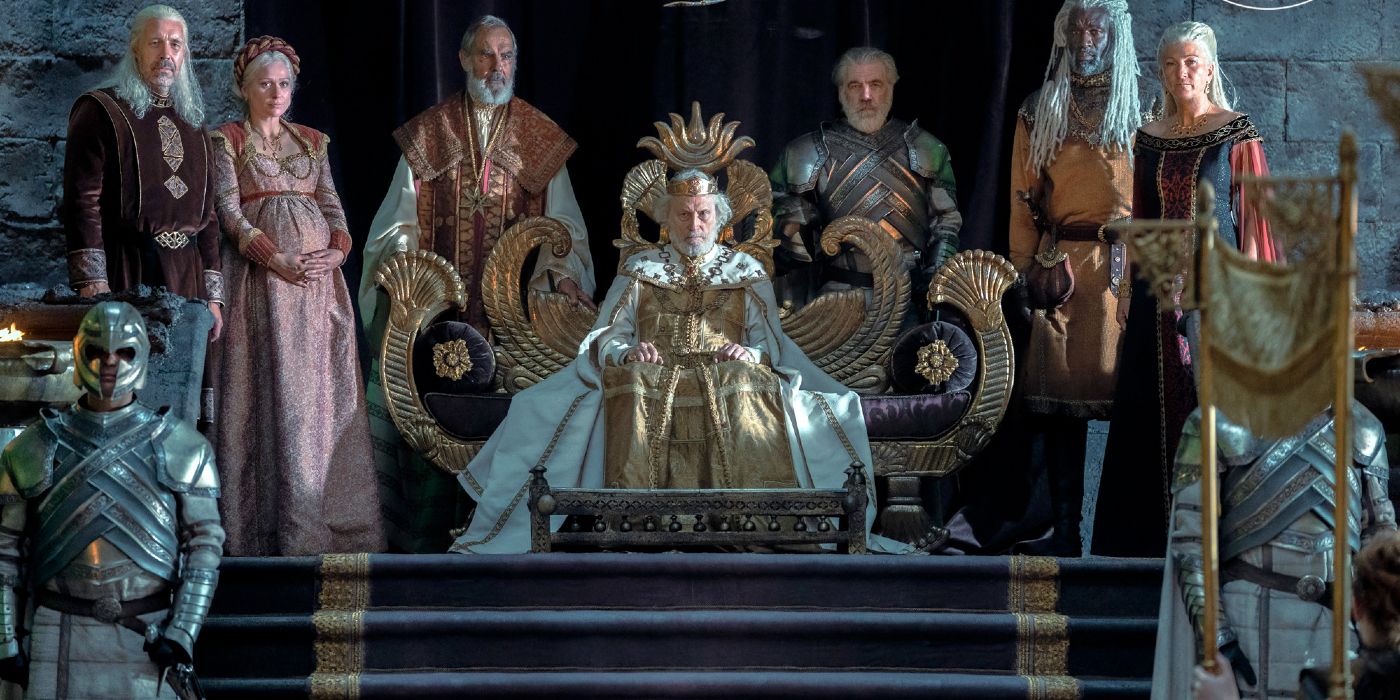
House of the Dragon begins with the Great Council of 101 AC, held by King Jaehaerys I Targaryen to determine his heir (with Viserys the ultimate winner). It’s a fitting place to begin this story, not only because it kicks off so much of what happens but because of how it connects to Game of Thrones‘ ending, as it starts how that finished. Bran Stark was elected King of Westeros at a Great Council, held in the Dragonpit rather than at Harrenhal, although it played out differently: with far fewer nobles involved, and a voting process in which he was the only true contender, rather than various claimants being whittled down and then a final choice being made.
House Of The Dragon’s Timeline Is 172 Years Before The Mad King’s Death
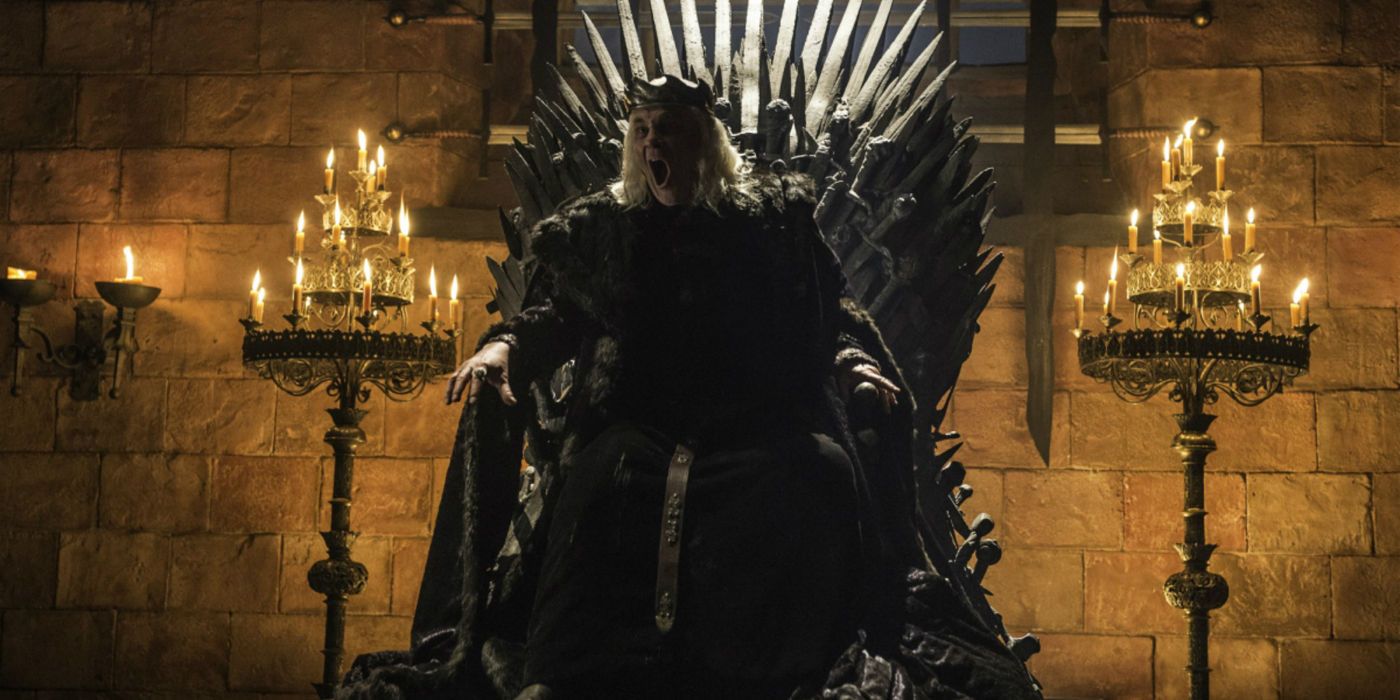
After the Great Council, House of the Dragon‘s timeline jumps forward into the ninth year of King Viserys’ reign. At this point, text on the screen references this is 172 years before the Mad King’s death. It’s an easy House of the Dragon reference, allowing it to both place itself firmly in the same world and establish when it itself is set more clearly. In the books, Viserys became King in 103 AC; being in his ninth year would place the timeline around 111-12 AC, depending on the month; Aerys II died in 283 AC according to the books’ timeline, and 280 AC in Game of Thrones, so the timeline more or less checks out, give or take a year or two (and given Martin’s greater involvement, it’d make sense to stick closer to the source material).
House Of The Dragon’s Opening Text References Daenerys Stormborn
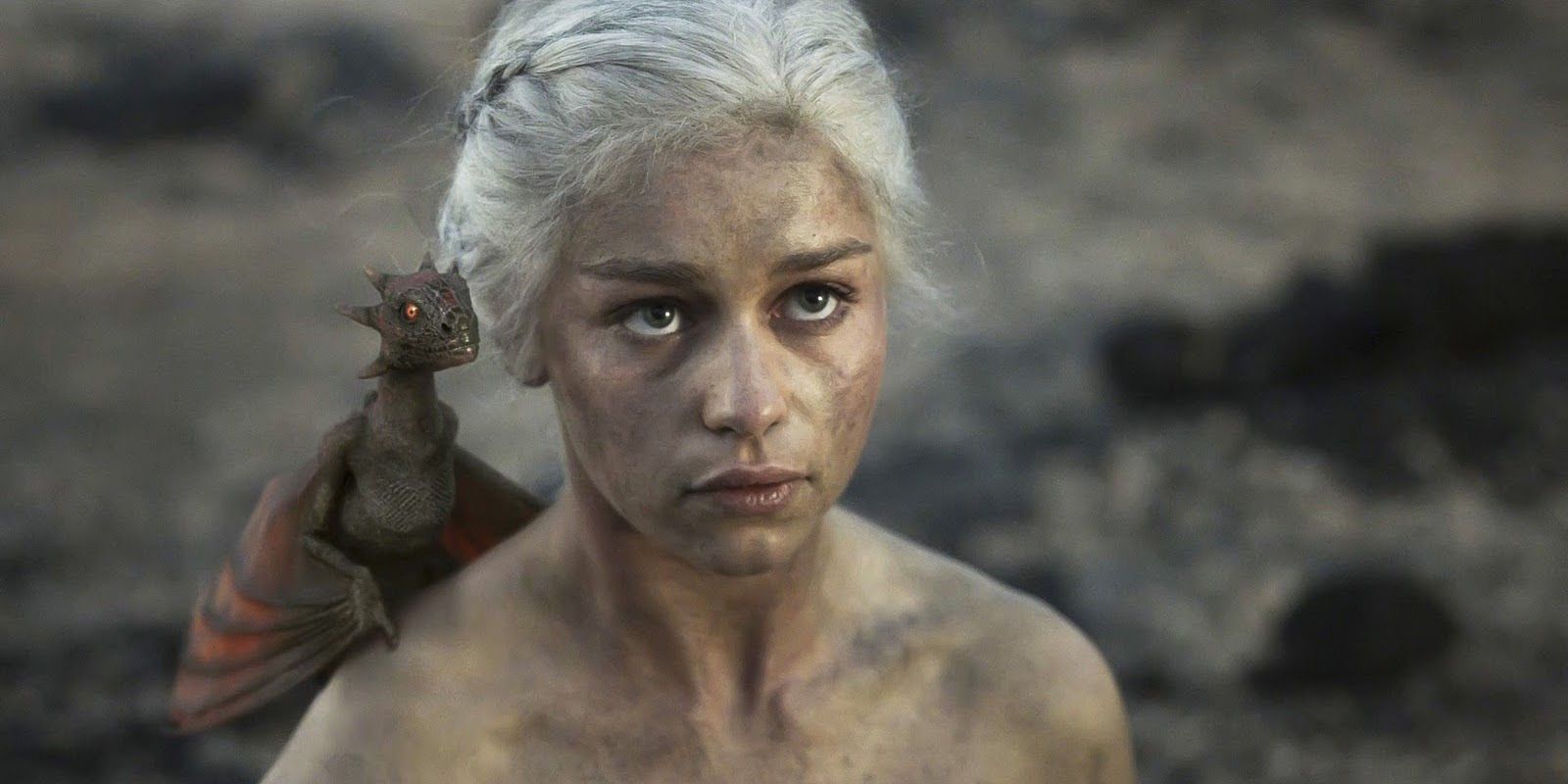
The Mad King isn’t the only Targaryen referenced in House of the Dragon season 1, episode 1’s opening text, as there’s also a mention of Daenerys’ birth. Though she is the Mad King’s daughter, she wouldn’t be born until after he had been killed, with her mother having gone back to Dragonstone; Dany was born during a great storm, hence the name Daenerys Stormborn. It’s an important connection that goes beyond just being a House of the Dragon Easter egg, as Dany is the last Targaryen ruler viewers will see, so the mention allows a clearer sight line from House Targaryen’s heyday to its end.
Valyrian Steel Swords In House Of The Dragon: Blackfyre & Dark Sister
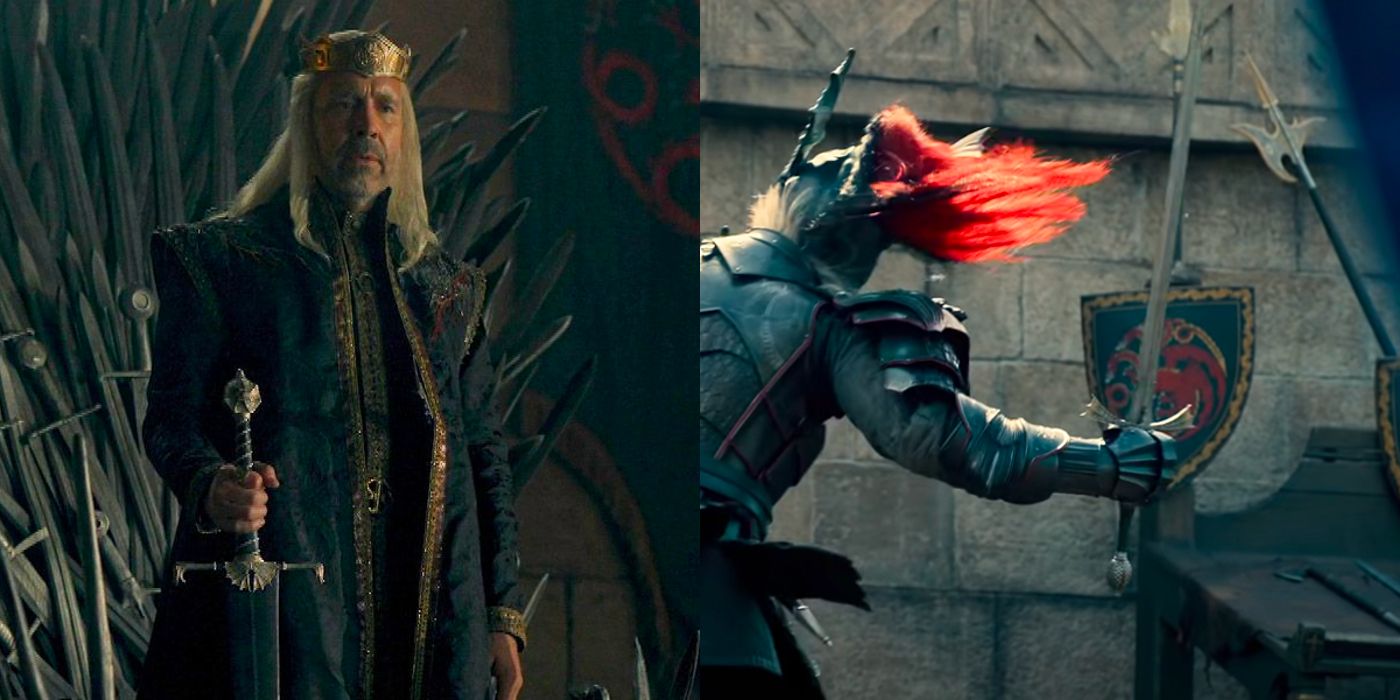
House of the Dragon references Valyrian steel on a few occasions – it’s also what the necklace Daemon Targaryen gives to Rhaenyra is made from – but two of the biggest Easter eggs come with the swords owned by Viserys and Daemon respectively: Blackfyre and Dark Sister. These Valyrian steel swords have a deep history: the former was wielded by Aegon the Conqueror himself, and the latter by his sister-wife Visenya. The two swords go on to have more adventures after House of the Dragon, both being wielded during the Blackfyre Rebellions, but curiously both are also missing during Game of Thrones. Blackfyre was last wielded by Aegor Rivers, aka Bittersteel, who went on to found the Golden Company; Dark Sister was last owned by Brynden Rivers, aka Bloodraven, who went to the Wall to join the Night’s Watch and is widely believed to have become the Three-Eyed Crow in the books (and likely the Three-Eyed Raven in Game of Thrones). The fates of both swords are unknown.
Rhaenyra & Alicent Discuss Nymeria (Teasing Another GOT Prequel)
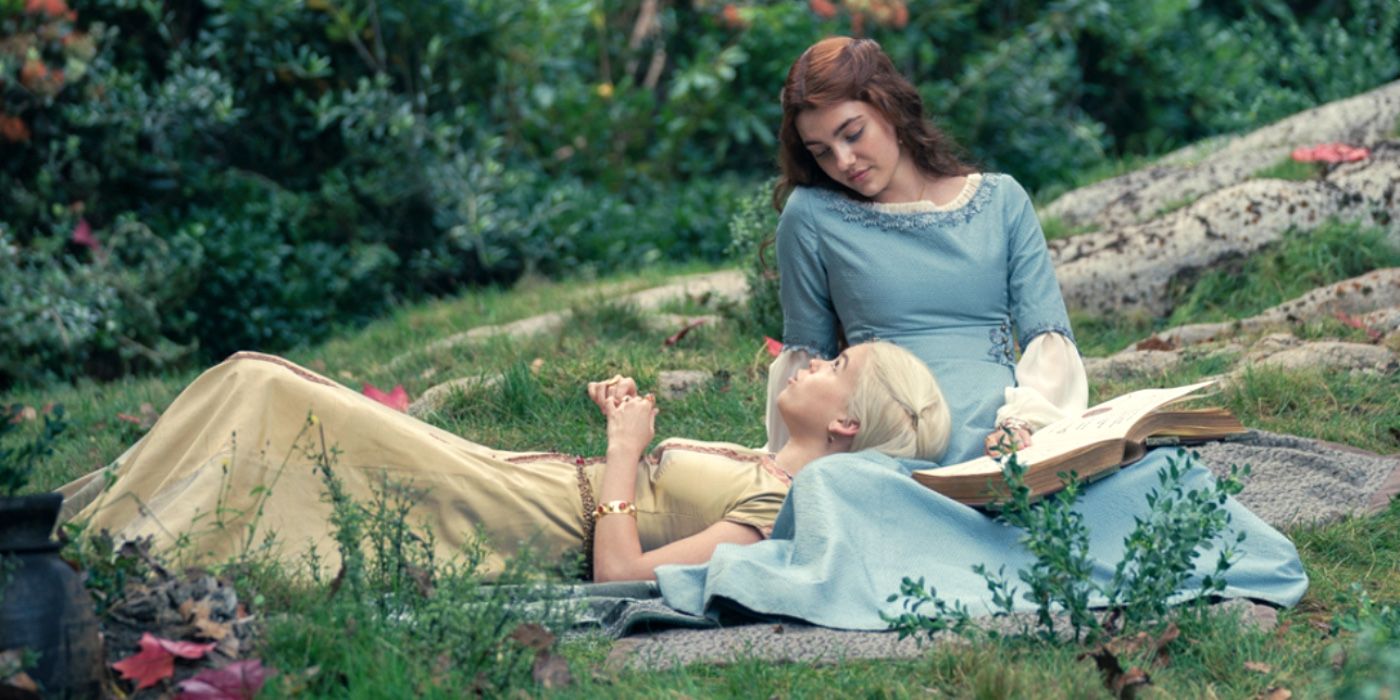
One of House of the Dragon season 1, episode 1’s Easter eggs is concerned with an even deeper part of its history, as Rhaenyra and Alicent discuss Nymeria, the fabled warrior who led the Rhoynar to Dorne and helped to establish the rule of House Martell, which lasts through to Game of Thrones (Arya Stark’s direwolf is even named after Nymeria). This isn’t just history, though, but perhaps planting further seeds for what might come to screens: among the many Game of Thrones spinoffs in various stages of development is 10,000 Ships, centered around Nymeria’s story.
Aemma Takes A Bath… And Dragons Needs Heat (Like Daenerys)
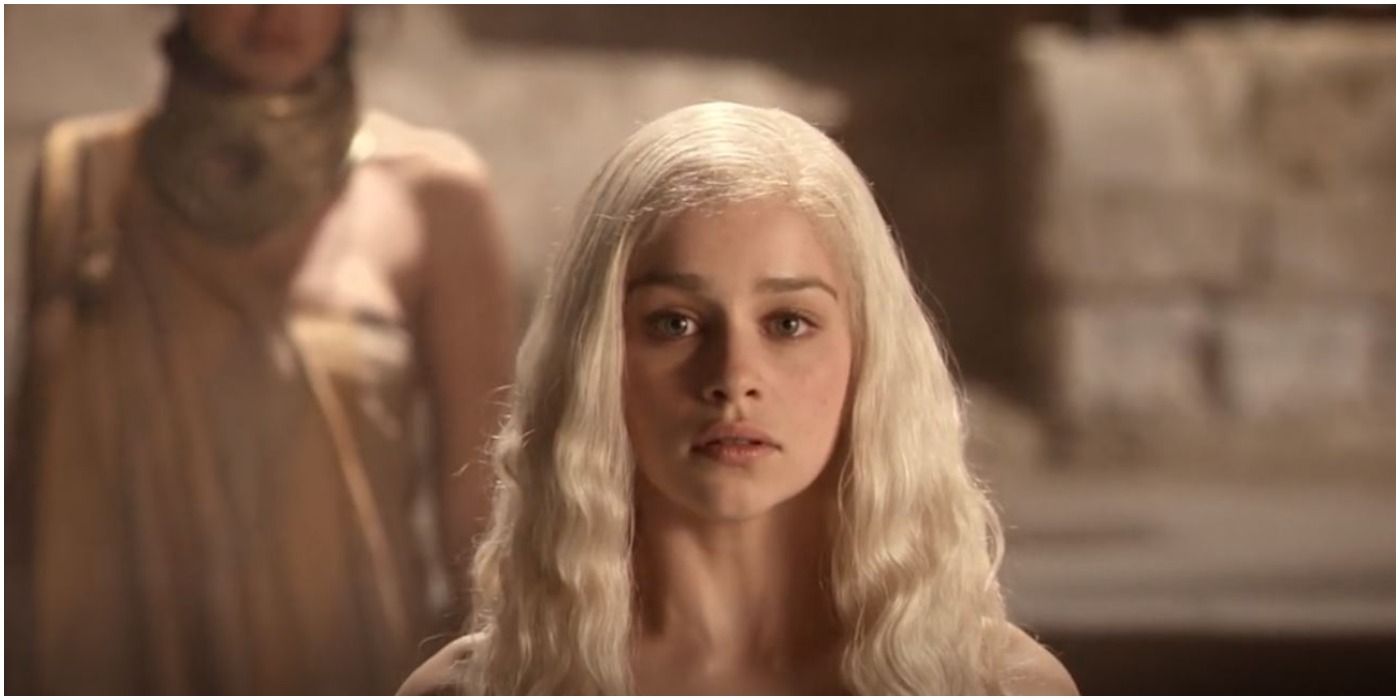
Another reference to Daenerys among House of the Dragon‘s Easter eggs comes in a more subtle way than her name on screen, with Queen Aemma taking a bath to help provide comfort during the latter stages of her pregnancy. Daenerys was frequently shown bathing during Game of Thrones‘ early seasons, and House of the Dragon‘s reference serves to highlight a key distinction: Aemma can only stand the water being lukewarm, but as Viserys notes, a dragon needs heat. Daenerys’ baths were always visibly scalding hot and the temperature never bothered her; while Targaryens are more resistant to heat, Game of Thrones went further in making Daenerys fireproof (whereas in A Song of Ice and Fire, her emergence from Khal Drogo’s funeral pyre was a one-off magical event). This could be House of the Dragon quietly addressing that.
Daemon Targaryen Is Commander of The City’s Watch
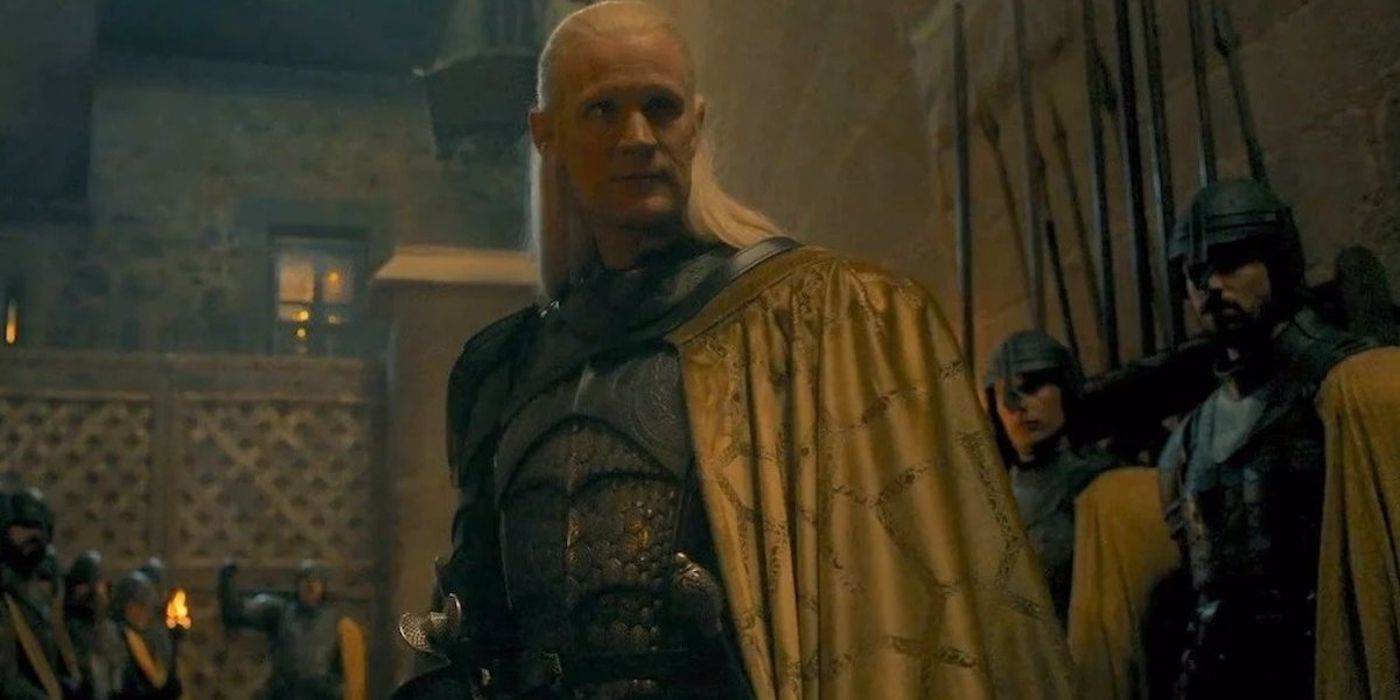
Prince Daemon Targaryen is revealed to be Commander of the City’s Watch, or the Gold Cloaks, in House of the Dragon season 1, episode 1. This is key not only because it gives him control over the force guarding the city, but more notably because it officially keeps him off the King’s Small Council. The position of Commander of the City’s Watch was important in Game of Thrones‘ early seasons, when Tyrion Lannister was Hand of the King: Janos Slynt held the position and, on the orders of King Joffrey Baratheon, slaughtered several bastard babies of Robert Baratheon. Tyrion, disgusted by this, passed the command on to Bronn, with Janos exiled to the Night’s Watch. Daemon, however, would seemingly have no such qualms.
Various House Sigils Can Be Seen In The Tourney Of The Heir
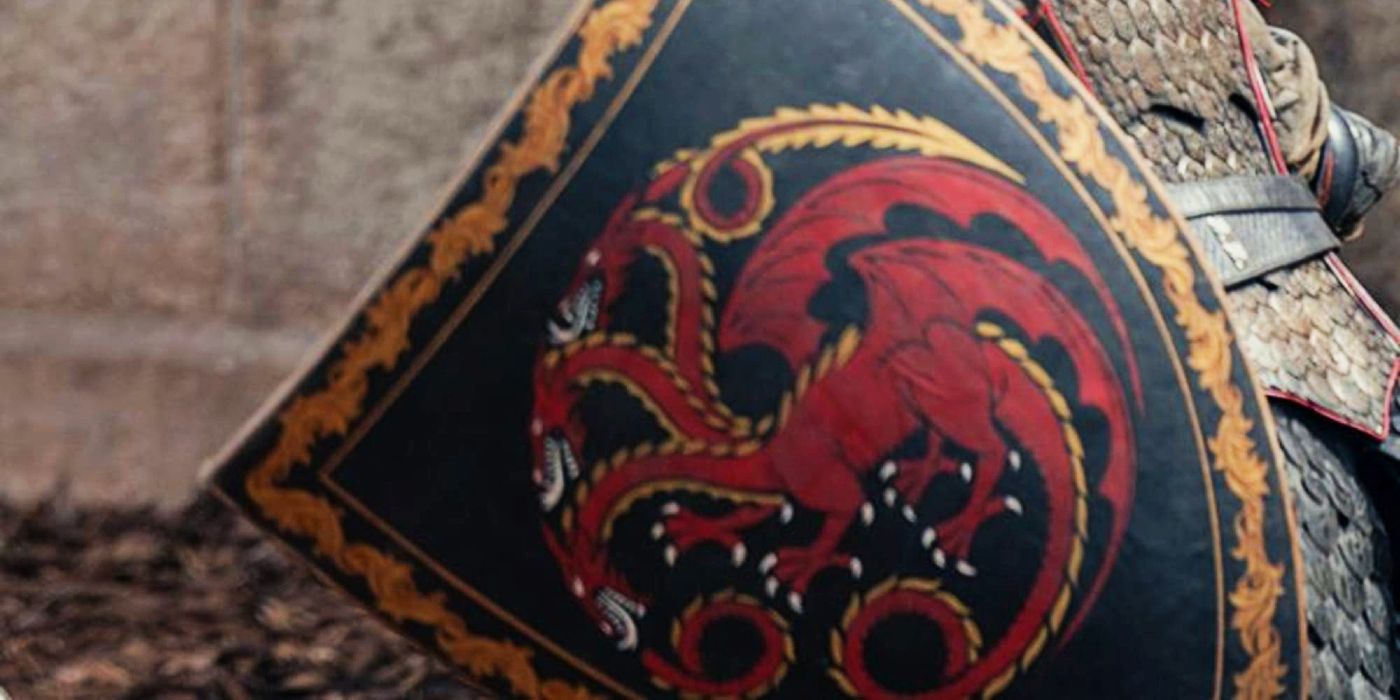
The Tourney of the Heir is a good place for some of House of the Dragon season 1, episode 1’s Easter eggs and Game of Thrones references. It feels rather reminiscent of the Tourney of the Hand from Game of Thrones season 1, held in honor of Ned Stark. In the books, the tournament where Ser Criston Cole defeats Daemon Targaryen is held at Maidenpool, rather than King’s Landing, and is celebrating Viserys becoming King instead, but it’s a relatively minor change that works within House of the Dragon‘s story. There tourney also contains a lot of houses both noble and minor, whose sigils can be seen, including:
- The red dragon on black that is House Targaryen’s sigil, though with a slight change (with four feet instead of two)
- The direwolf of House Stark, whose only appearance is Lord Rickon Stark briefly declaring his allegiance to Rhaenyra Targaryen
- The golden lion of House Lannister
- The black stag on yellow of House Baratheon
- The black pellets on a red background of House Cole
- A red archer on a green background, signifying House Tarly
- The flaming tower of House Hightower
- The silver seahorse on sea-green belonging to House Velaryon
- A leaping trout above water, that appears to be a version of House Tully’s sigil
- The spread eagle of House Mallister
- A yellow sun and triangle shape on blue, which could be a variation on House Lefford’s sigil
- Three ravens carrying hearts, the sigil of House Corbray
House Of The Dragon Begins With An Arryn Dying – Like Game Of Thrones
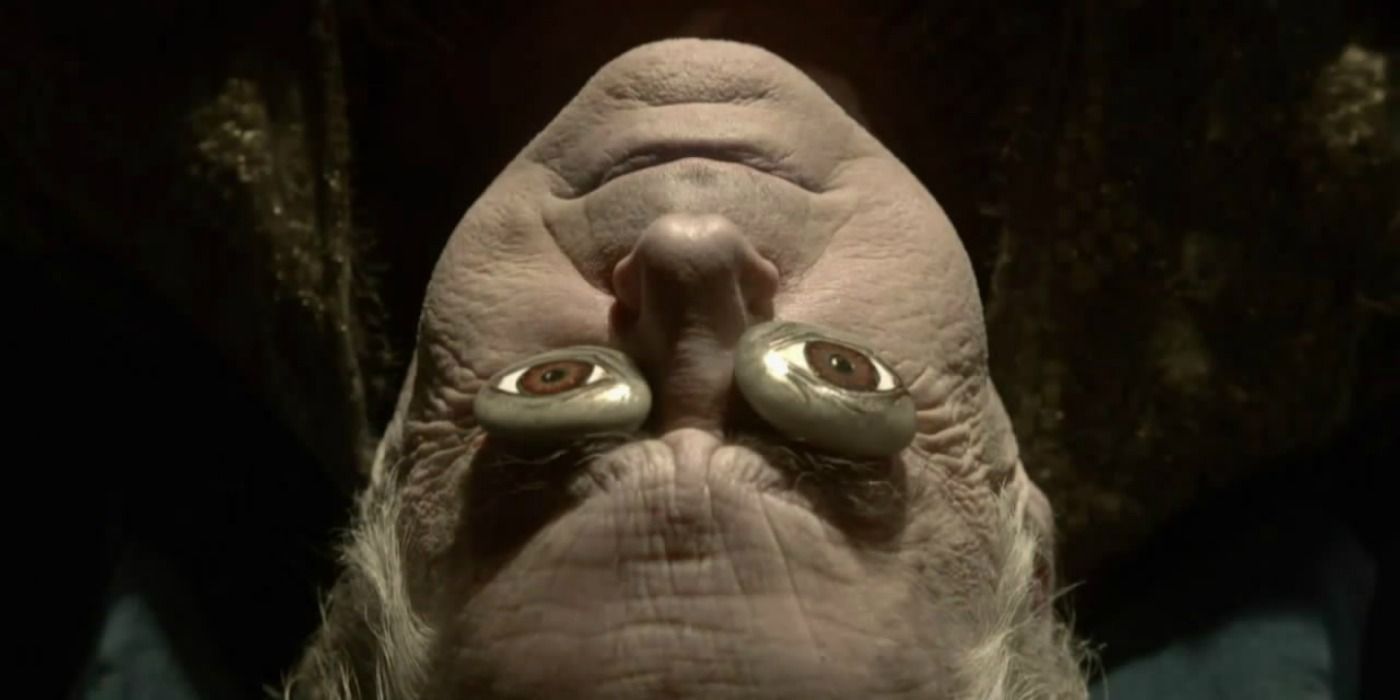
Unfortunately, with this being Game of Thrones‘ Westeros, that does mean there’s a high chance of death, and it comes in House of the Dragon season 1, episode 1, with Aemma Arryn, Viserys’ wife. Aemma dies in childbirth – with her son dying shortly afterwards – in a moment both brutal and sad, but that also has a Game of Thrones connection. That show started with Jon Arryn’s death as a key instigator for the events that would follow, and similar House of the Dragon starts with an Arryn dying and having major ramifications upon the realm.
«Dracarys»
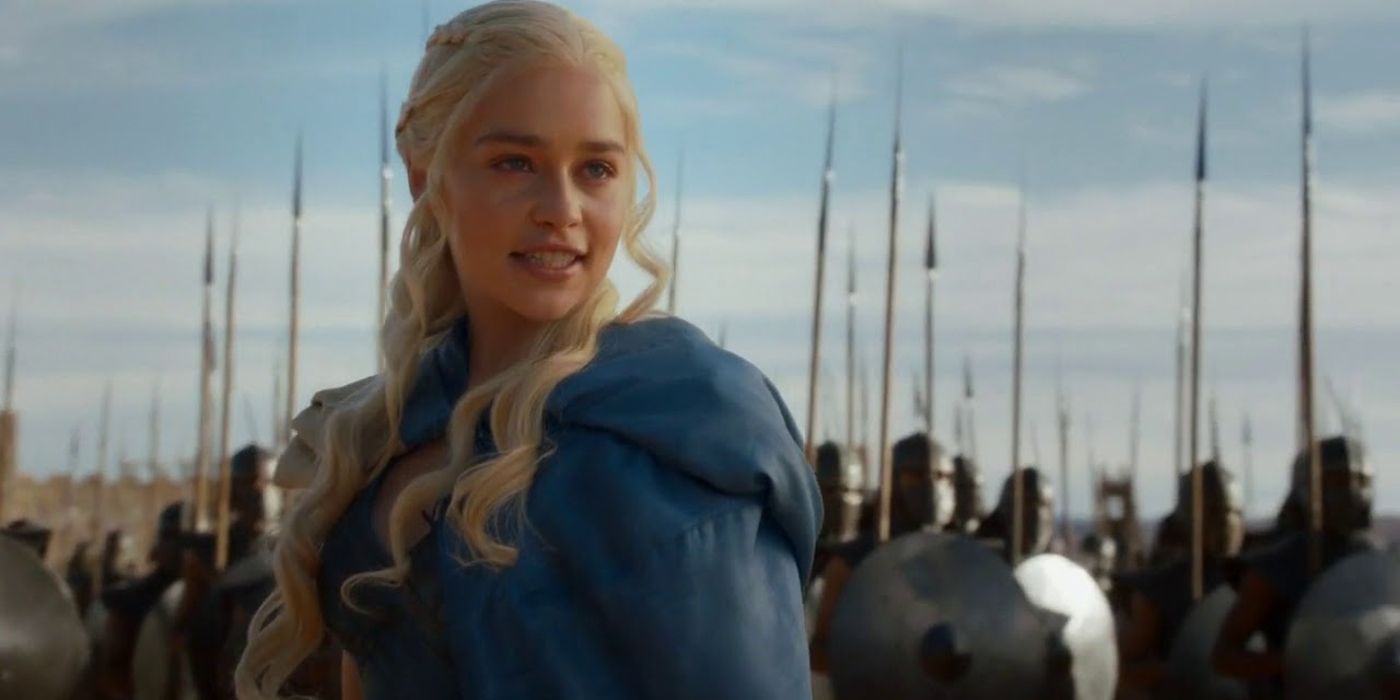
The most iconic of all High Valyrian words appears in House of the Dragon, as Rhaenyra uses it in order to light her mother’s funeral pyre. More than just a House of the Dragon Easter egg, though, the use of the word «dracarys» in the prequel also highlights a difference with Daenerys: when she used the word, though it was often empowering, it was typically for an attack. Rhaenyra’s use shows a different side to it and to dragons, showing more of their bonds with humans.
GRRM’s A Feast For Crows Is Referenced
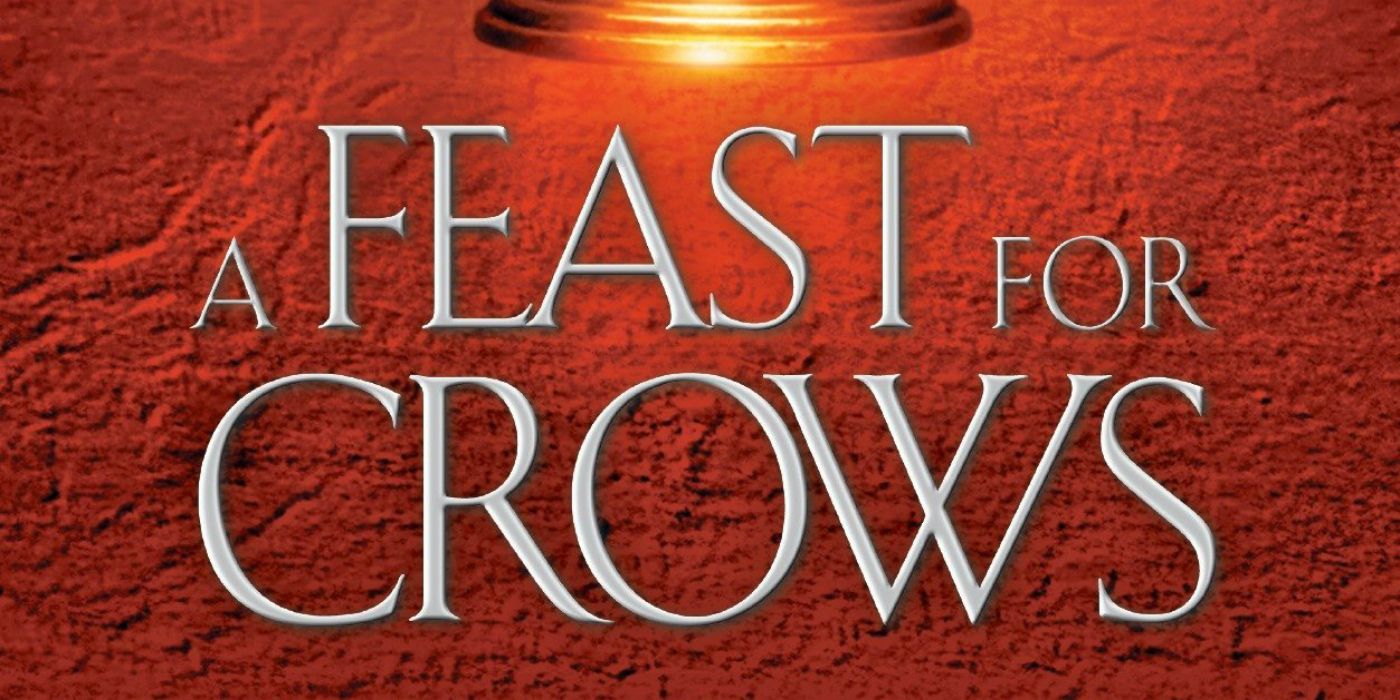
One of the best House of the Dragon season 1, episode 1 Easter eggs is a sly nod to George R.R. Martin’s works. It’s based on his Fire & Blood book, but finds room to reference one of his A Song of Ice and Fire novels too, with King Viserys saying: «…Suffer crows that come to feast on their corpses.» It’s not a direct match, but aligns pretty well with the title of the fourth book in the series, A Feast For Crows, and both speak to the horrors of war, the fate that await so many, and how death is a great leveler in Westeros.
Balerion The Black Dread’s Skull Is Shown
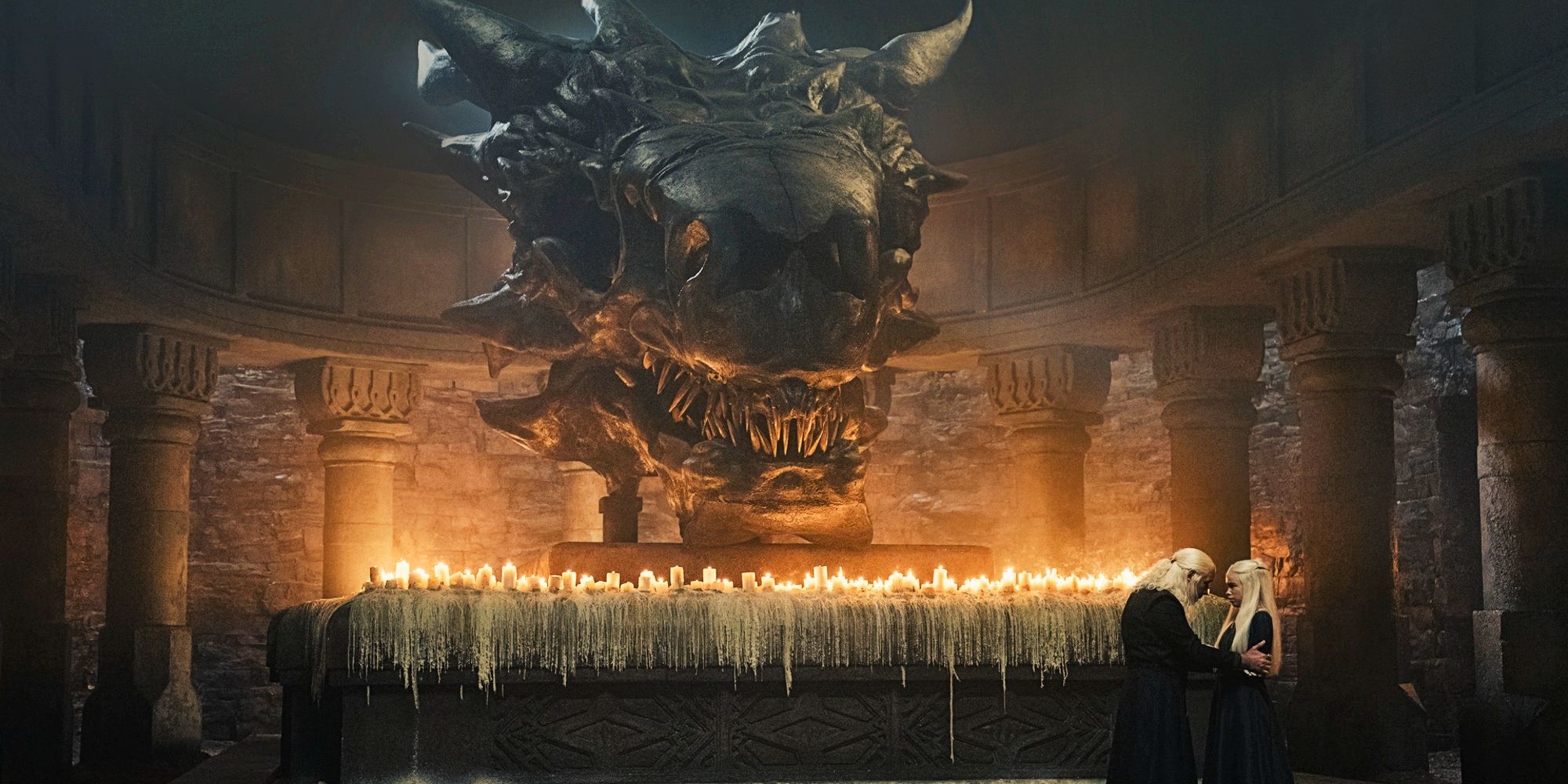
While House of the Dragon has 17 dragons, none will quite match the size and might of Balerion the Black Dread, the dragon once ridden by Aegon the Conqueror. Balerion’s giant skull appears in the premiere (it was also seen in Game of Thrones), and with his last rider too: Viserys became Balerion’s dragonrider around a year before the Dread died. That leaves Vhagar as the biggest and oldest dragon left in Westeros, though they’re yet to appear in the show.
The Weirwood Tree In King’s Landing
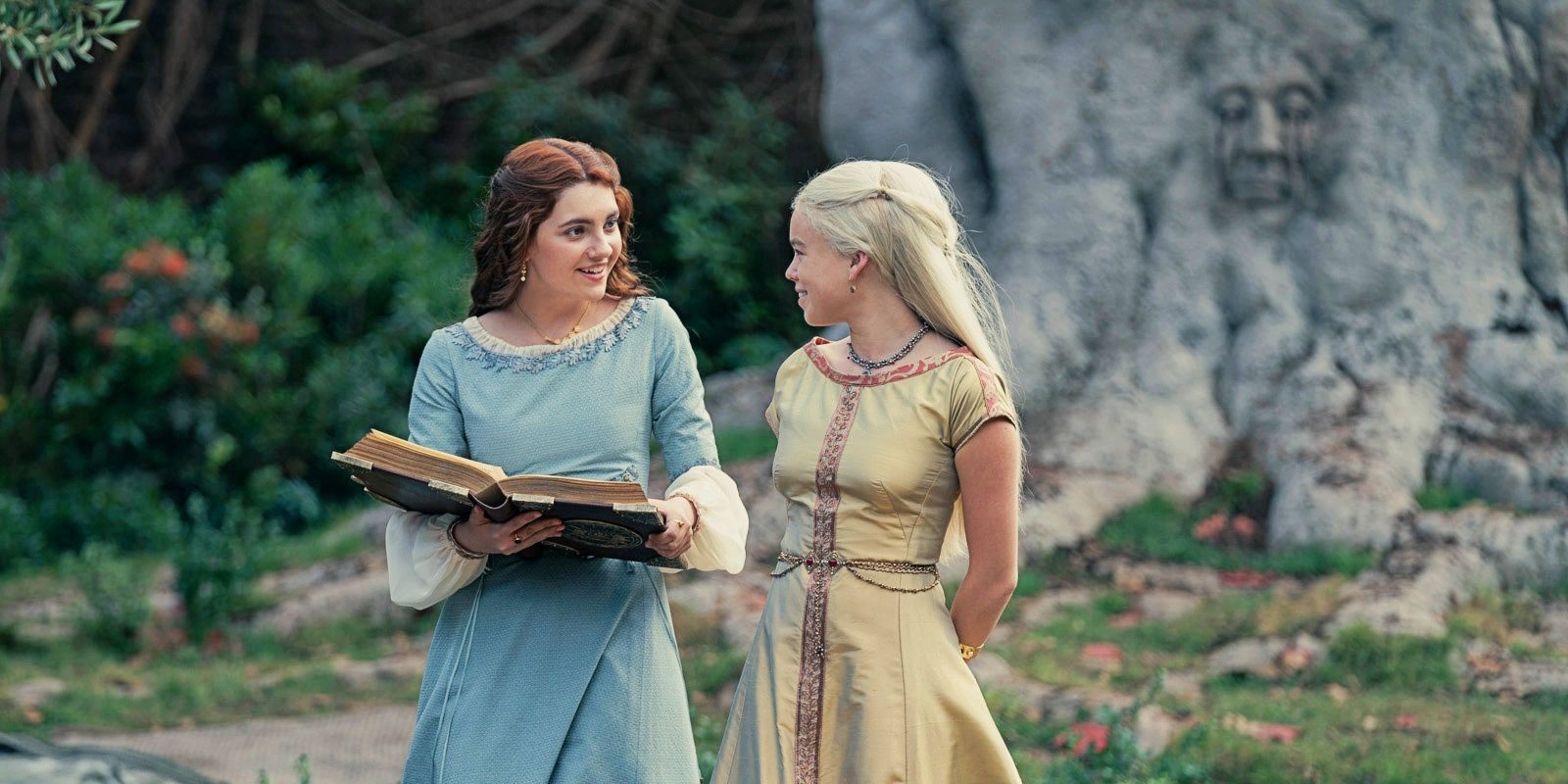
The great Heart Tree of Winterfell was an iconic sight in Game of Thrones, but was more commonly associated with the North of Westeros. In House of the Dragon season 1, episode 1, however, there’s also a weirwood tree in the godswood of King’s Landing, with Rhaenyra and Alicent seen under it. It was previously understood that the weirwood trees in the south had been cut down by the Andals long before House of the Dragon‘s timeline, so it’s a curious choice to include one here – as there isn’t one in Game of Thrones. That suggests either it was somehow left, or had been replanted by one Targaryen and was then cut down by another. The House of the Dragon season 1, episode 1 ending does have another nod to this, with mention of «the Old Gods and the new.»
The Doom Of Valyria
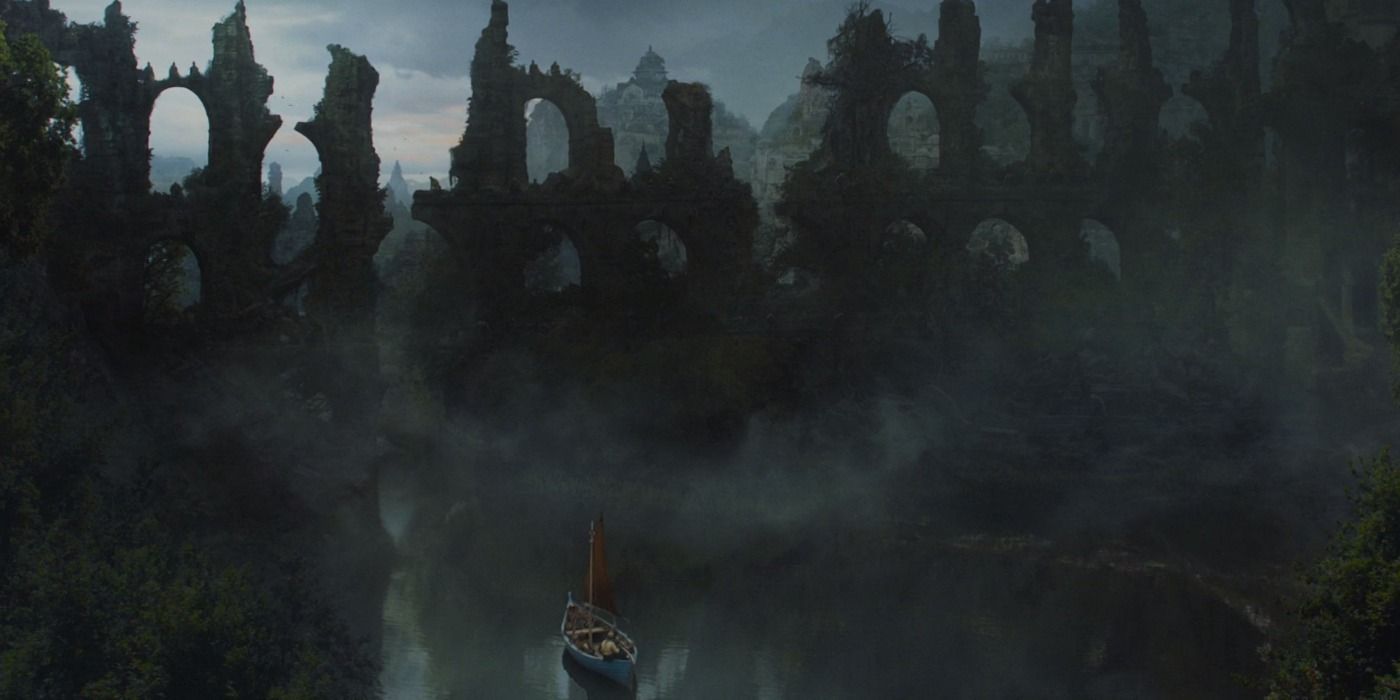
The Doom of Valyria is briefly mentioned among House of the Dragon‘s Easter eggs, though without being fully explained. The Doom was a cataclysmic event that wiped out what’s now known as Old Valyria around 100 years before Aegon’s Conquest, thanks to the eruption of the Fourteen Flames, a chain of volcanoes surrounding the area (although the exact cause remains unknown). Places, people, and dragons were destroyed, but the Targaryens survived as they had already left Valyria for Dragonstone. That was thanks to a prophetic dream of Daenys, one of Aegon’s ancestors, which ties neatly into another of House of the Dragon season 1, episode 1’s Easter eggs.
Aegon’s Dream Is A Song Of Ice & Fire

The biggest reveal is the House of the Dragon premiere is that Aegon had a dream of a terrible winter, a coming darkness that would end the world of men. This is, of course, the Night King and the White Walkers, and Aegon’s dream came true in Game of Thrones when the Night King led his army south of the Wall. Aegon called his dream A Song of Ice and Fire, because he believed only a Targaryen on the Iron Throne (the fire) would lead to the realm defeating the White Walkers (the ice). This not only retcons Game of Thrones‘ events, but gives another layer to the book series upon which it’s based, which is of course… A Song of Ice and Fire.
Viserys Has The Catspaw Dagger (Which Arya Uses To Kill The Night King)
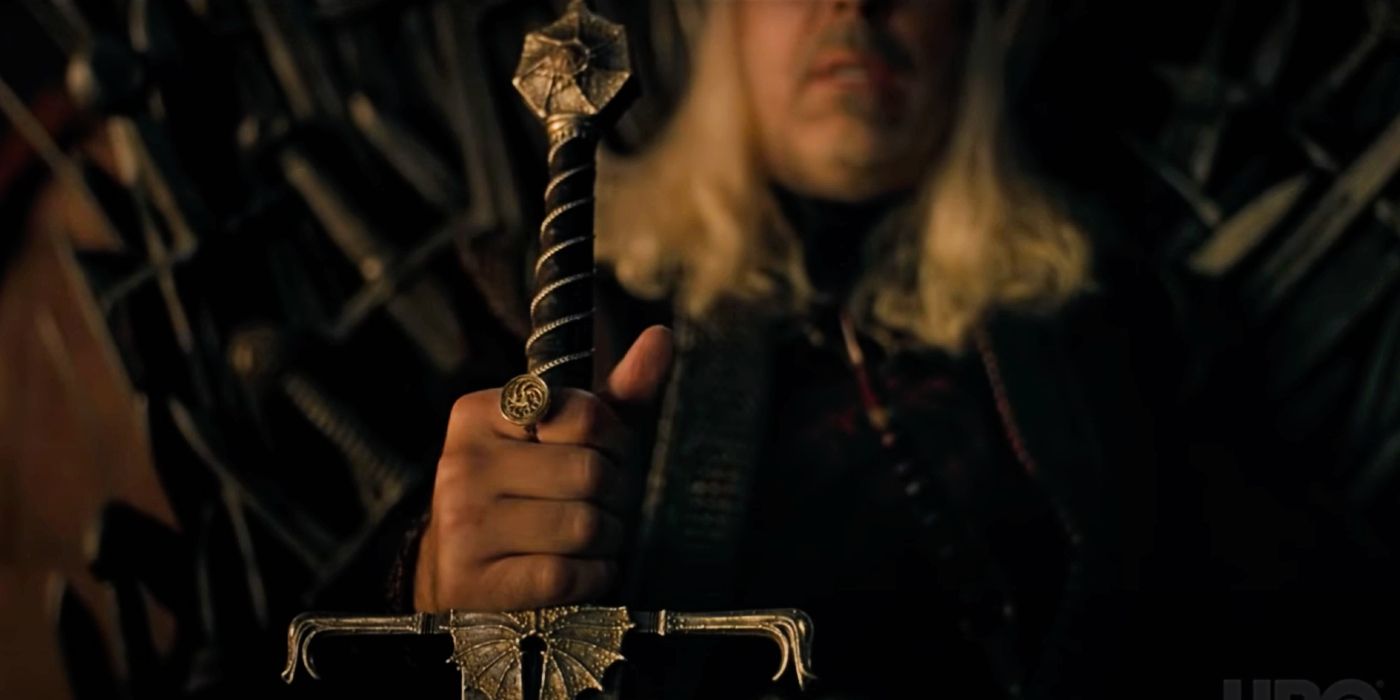
Alongside Blackfyre, King Viserys has another Valyrian steel weapon: a dagger. This isn’t just any dagger, though, but the one that will, almost 200 years later, be used in the assassination attempt on Bran Stark and, a few years after that, be wielded by Arya Stark to kill the Night King. It’s not too surprising that it’s in Targaryen hands, since it’s Valyrian steel and has a dragonbone hilt, but what’s most interesting in terms of House of the Dragon‘s Easter eggs is that Viserys touches the dagger just as he’s telling Rhaenyra about Aegon’s dream, in a small moment of foreshadowing its future.
«Promise Me, Rhaenyra» Is A Sad Ned Stark Reference
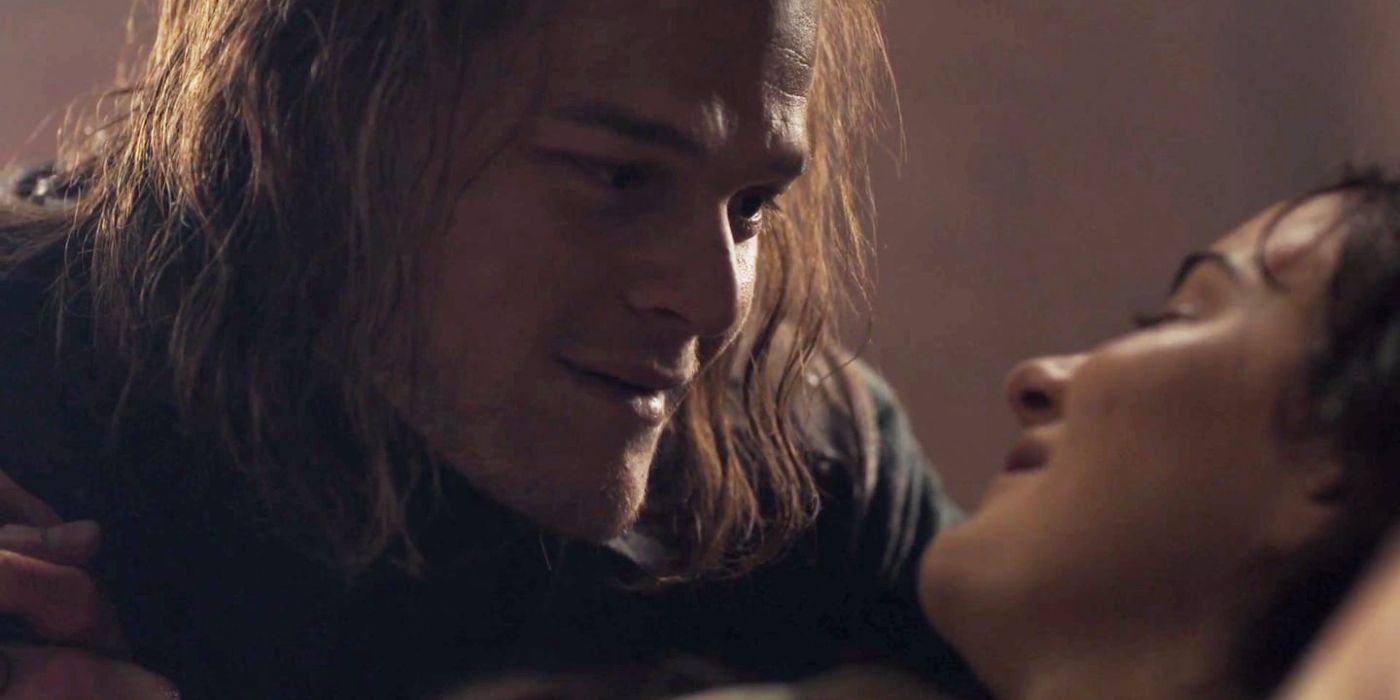
As Viserys tells Rhaenyra about Aegon’s dream, there is one of the saddest House of the Dragon episode 1 Easter eggs: a reference to Lyanna and Ned Stark. Viserys concludes his message with the words «Promise me, Rhaenyra. Promise me.» That’s something that may sound familiar, because it’s reminiscent of the final words Lyanna said to Ned at the Tower of Joy, as she gave him the baby who would be raised as Jon Snow, Ned’s bastard, and ensured his safety and that the truth would not come out: «Promise me, Ned. Promise me.»
The Game Of Thrones Theme Tune Is Used In House Of The Dragon
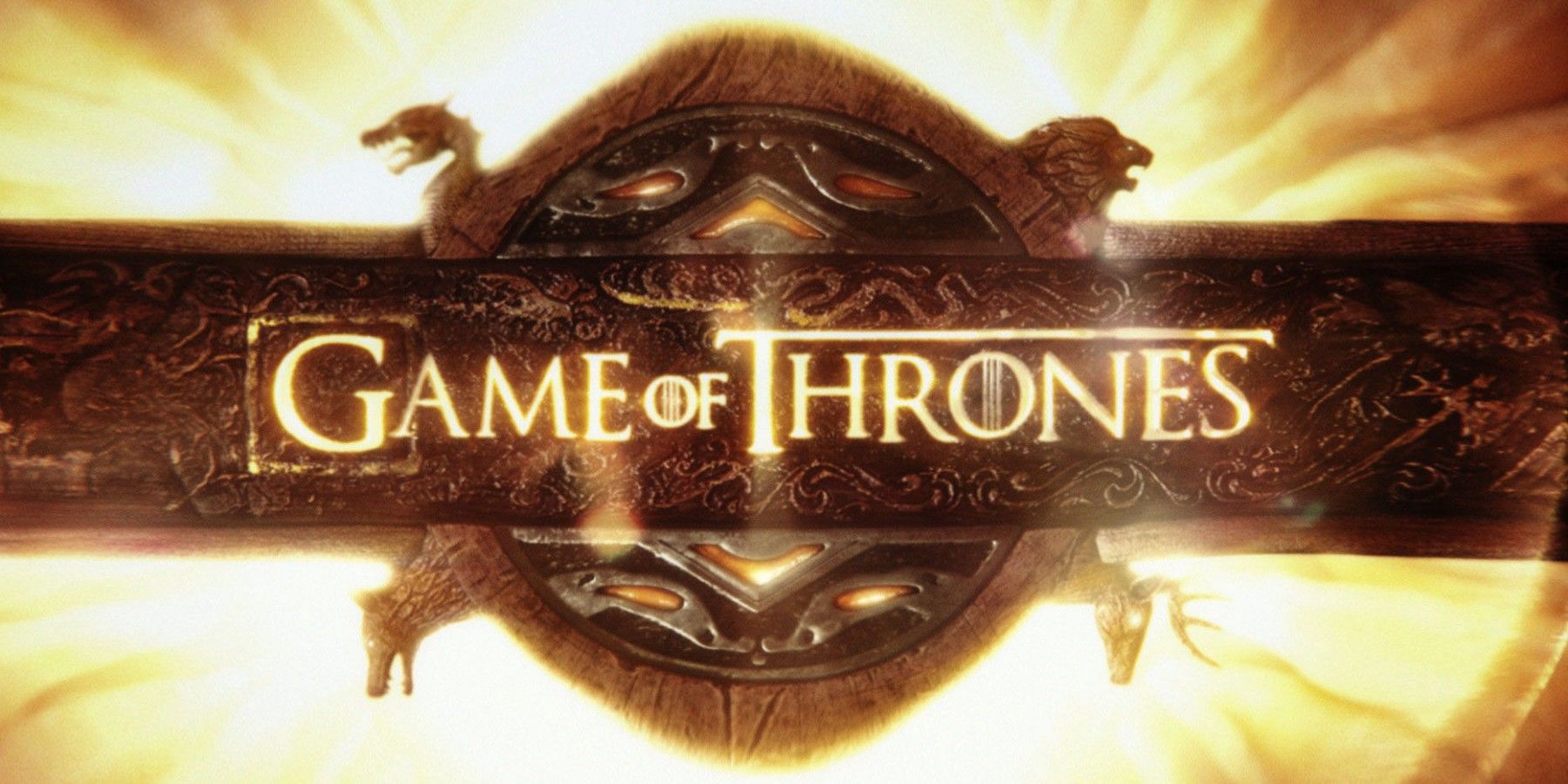
House of the Dragon brings back one of Game of Thrones not-so-secret weapons in composer Ramin Djawadi, who once again provides the score for the series. The work in the premiere is every bit as good as you’d expect, and makes use of some familiar pieces of music. Most tellingly, the Game of Thrones theme tune can be heard at the end of House of the Dragon season 1, episode 1, but brief snippets and elements of it are used elsewhere too and blended into new works, like when Rhaenyra and Alicent are seen together after her dragon ride. That’s not the only one of House of the Dragon‘s Easter eggs to take on a musical theme, as that dragonride also includes notes of the House Targaryen theme from Game of Thrones as well.
House of the Dragon releases new episodes Sundays on HBO and HBO Max.